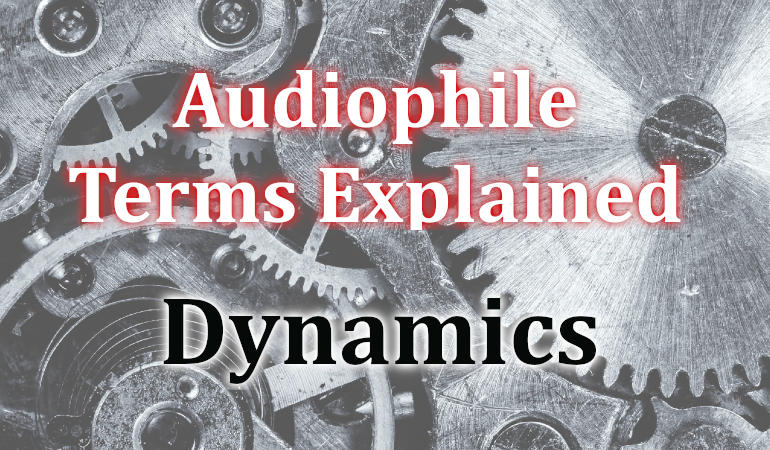What Do Audiophiles Mean By Dynamics?
Audiophiles have a lot of terms that are nebulously defined at best. You may think you know what everyone means when they talk about a speaker being “accurate” or having “clarity.” But if you talk with others and ask them to define what those terms mean to them, you may be surprised by the answers. One of the more confusing terms that are often thrown around is dynamics. What do audiophiles and others that care about home theater and audio mean when they refer to dynamics? Let’s discuss.
There are Many Homes for Dynamics
There are real definitions of dynamics. HDR or High Dynamic Range is a feature of many modern displays. Dynamic Range Compensation is included on many AV receivers. But when audiophiles refer to dynamics, they aren’t talking about any of those things. They are mostly referring to speakers and how they perform. So, what is a dynamic speaker? How do you identify one?
Author’s Note: Audiophiles will often refer to amplifiers as “dynamic” as well. But how can they tell that the amp is dynamic? By listening to it with their speakers of course!
It’s Not About Loudness…Mostly
You’ll see a speaker being referred to as “dynamic” at all volumes. Mostly when we talk about dynamics, we are talking about the differences between loud and soft. Not so with audiophiles. They are usually talking about what they view as the start and stop times of the drivers.

A speaker with good dynamics, to an audiophile, will be able to start a sound and stop it very quickly. One note will run into another when the driver moves more than it should. It will also obfuscate softer sounds with louder ones. This happens at loud as well as soft volumes.
But…Don’t Other Things Affect Dynamics?
If that thought occurred to you (and I’m sure it did), you’d be absolutely right. While a speaker can have aspects that affect how quickly a driver can stop (driver cone weight, magnet size/power, enclosure design), dynamics can’t be measured in a vacuum.
At the very least, a speaker must be attached to an amplifier. The power of that amp can seriously affect the dynamics of a speaker. While it is unlikely to make it much better than the innate capabilities of the speaker, it can make it worse. While most of us don’t need any more amplification than our AV receivers can provide, it is possible to under-amp a speaker.
More importantly is the room in which the speaker resides. The acoustics of your room can mask much of the performance of any speaker. This is why we measure speakers in an anechoic chamber. But you, and the “audiophiles” that love to talk about dynamics, live in real rooms. Is the speaker with great dynamics great? Or is it just that it happens to sound a bit better in that particular room?
Take Away
We’ve attempted to make the term “dynamics” a little more understandable for you. When audiophiles talk about dynamics, at least you’ll now know what they mean (for the most part). But even a speaker that has better inherent dynamics can sound the same (or worse) than other speakers in your room.
If you want to make your system sound better, you need to add acoustic panels to your room. Without addressing your room acoustics, attributing what you are hearing to just one piece of equipment is spurious at best. Many people upgrade their speakers and attribute any difference (even imagined ones) to the upgrade. They ignore all the other little changes that may have affected what they are hearing.
You now know what audiophiles mean by dynamics…just remember to take what they say with a grain of salt. They are a bit of a cult you know…


